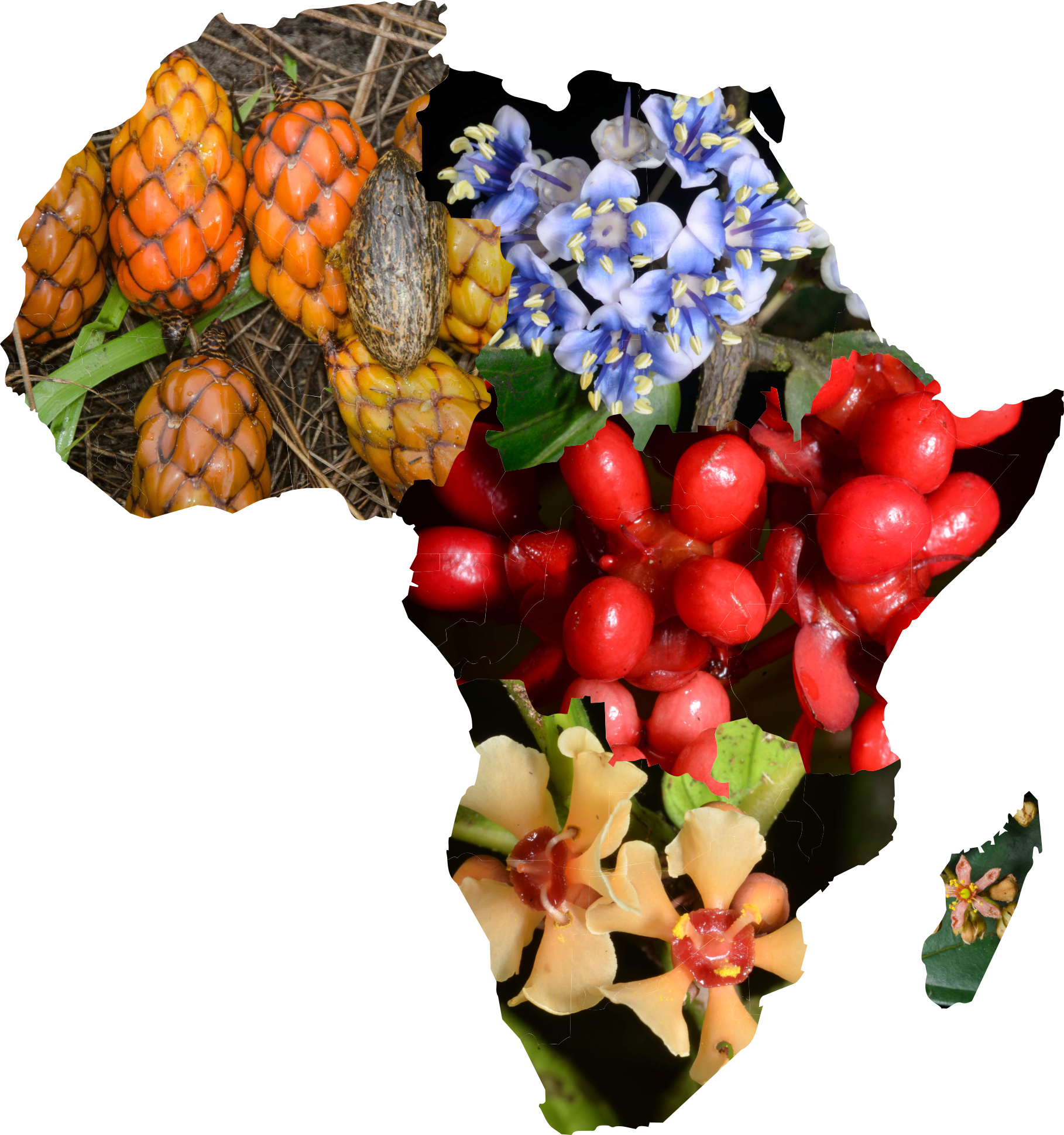Dataset: All Collections
Taxa: Englerophytum oblanceolatum (Bequaertiodendron oblanceolatum, Boivinella glomerulifera, Chrysophyllum glomeruliferum, Manilkara dahomeyensis, Neoboivinella glomerulifera, Pouteria malchairi, Pseudoboivinella oblanceolata, Sersalisia malchairi, Sideroxylon oblanceolatum)
Search Criteria: excluding cultivated/captive occurrences

